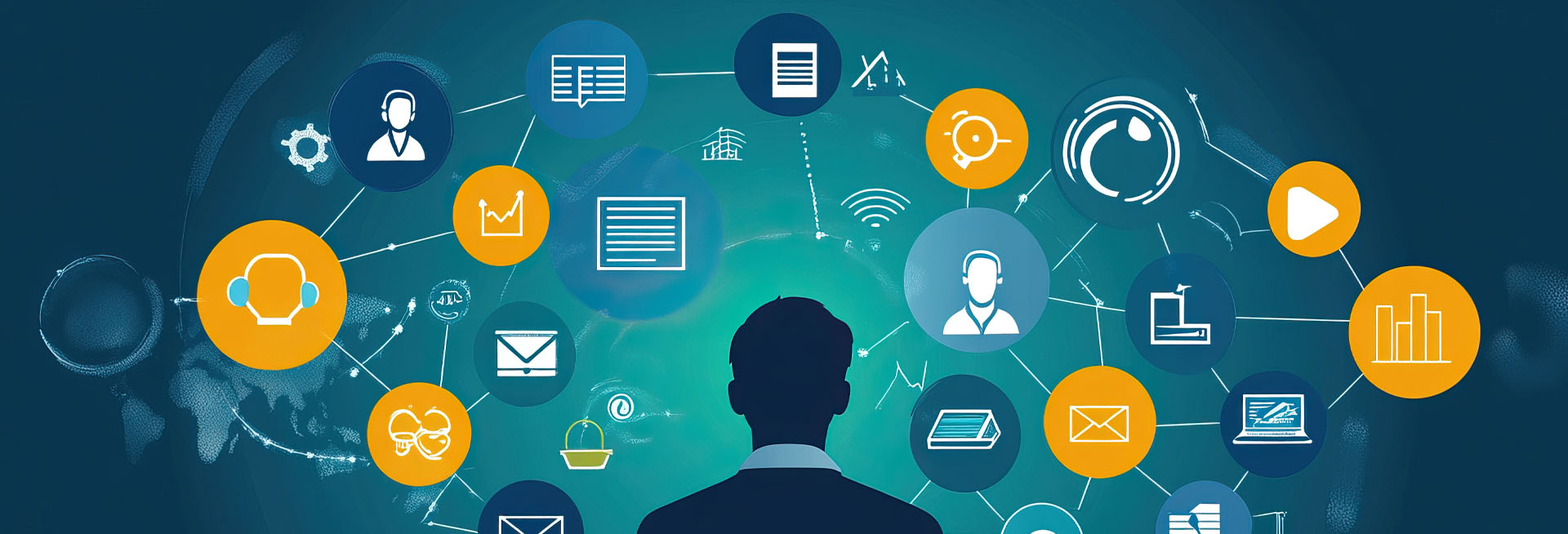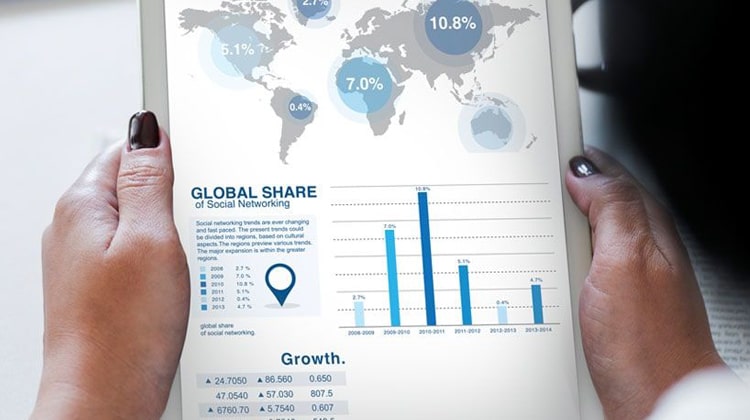
SaaS Security in 2025: How to Protect Your Cloud Apps
In 2025, SaaS platforms are essential for business
operations, from communication and sales to HR and finance. But as
organizations increasingly rely on cloud-based software, the threat landscape
has become more complex and aggressive. Protecting your SaaS applications is no
longer just an IT priority it's a core business necessity.
At Techiekit, a trusted software solutions provider based
in Bangalore, we help businesses secure their digital ecosystems with
future-ready SaaS cybersecurity strategies.
1. Rising SaaS Threats and Shadow IT
SaaS applications introduce risks like unauthorized access,
misconfigured settings, and unsecured third-party integrations. Shadow IT
apps installed without IT approval continues to rise in 2025, increasing
the attack surface and requiring stronger SaaS threat management.
2. Adopting Zero Trust Architecture
Zero Trust is now the gold standard in cloud security
models. It ensures continuous identity verification and never assumes implicit
trust, even inside the network. Enforcing multi-factor
authentication, device trust validation, and least privilege
access are key to reducing risk across cloud apps.
3. Strengthening Identity and Access Management (IAM)
A robust IAM strategy is essential for protecting
SaaS applications. Features like Single Sign-On (SSO), Role-Based
Access Control (RBAC), and user provisioning streamline access while
preventing credential-based attacks and ensuring compliance with enterprise
policies.
4. AI-Driven Threat Detection and Response
In 2025, businesses need real-time visibility into user
behavior and application usage. AI-powered SaaS security tools detect
anomalies, flag suspicious activity, and respond automatically to threats. This
is especially important for stopping insider
threats and credential compromise.
5. Encryption and Data Loss Prevention (DLP)
Cloud apps handle sensitive data daily emails, files, CRM
entries, etc. Implementing end-to-end encryption and automated DLP policies
helps prevent data leaks and accidental sharing of confidential information
across cloud environments.
6. API and Integration Security
Most SaaS platforms rely on APIs, making API
security a top concern. Secure authentication, encrypted communication,
and token-based access control protect your integrations from abuse. Techiekit
helps businesses implement secure SaaS workflows using best practices in
API management.
7. Continuous SaaS Security Posture Management (SSPM)
SSPM tools provide visibility into all connected SaaS
applications, flagging misconfigurations, excessive privileges, and
non-compliant settings. Automated remediation workflows are becoming essential
for reducing manual overhead and keeping cloud environments audit-ready.
8. Meeting Compliance and Data Privacy Standards
With data privacy laws becoming stricter, companies must
ensure SaaS providers comply with frameworks like GDPR, SOC
2, HIPAA, and ISO 27001. Techiekit guides clients through compliance
audits, data governance policies, and SaaS risk assessments.
9. Employee Awareness and Secure Usage Practices
Human error remains a leading cause of cloud breaches. In
2025, SaaS security awareness training is an integral part of
cybersecurity strategies. Employees must be trained to recognize phishing,
secure shared links, and follow access best practices.
10. Techiekit’s SaaS Security Solutions
At Techiekit, we offer comprehensive cloud application
security services, including zero trust design, IAM implementation, API
hardening, DLP integration, and AI-based monitoring. Our solutions are built to
scale with your business and adapt to the evolving threat landscape.
Conclusion
SaaS will continue to dominate enterprise software in 2025,
but so will the threats that target it. Businesses must take proactive steps to
safeguard their cloud apps with smart security
frameworks and continuous risk monitoring. With Techiekit as your
partner, you gain access to the latest tools, deep expertise, and custom
security strategies that protect your SaaS environment from end to end.











